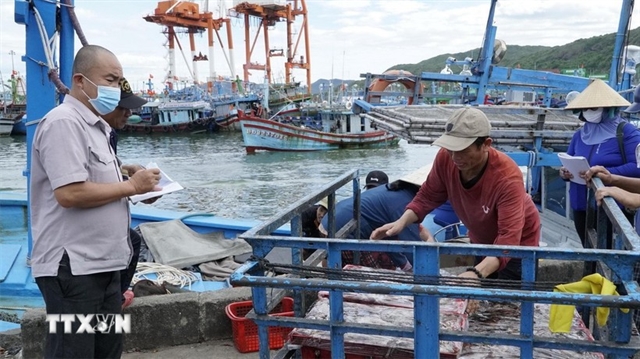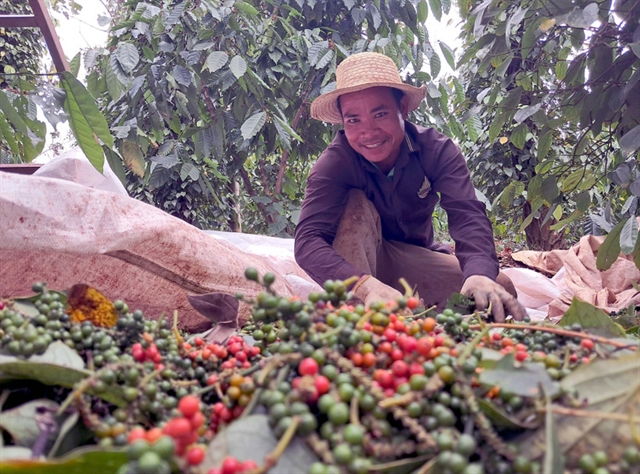 Sunday/Weekend
Sunday/Weekend
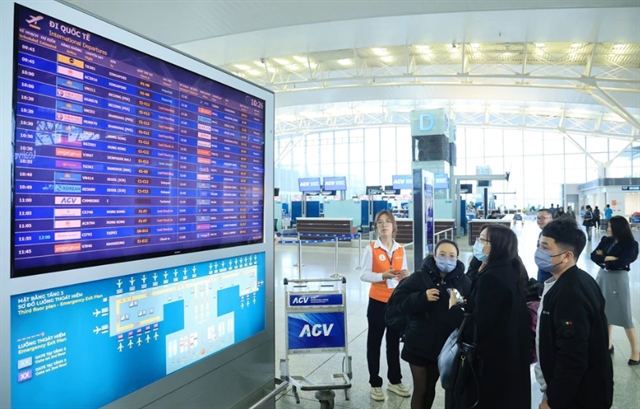
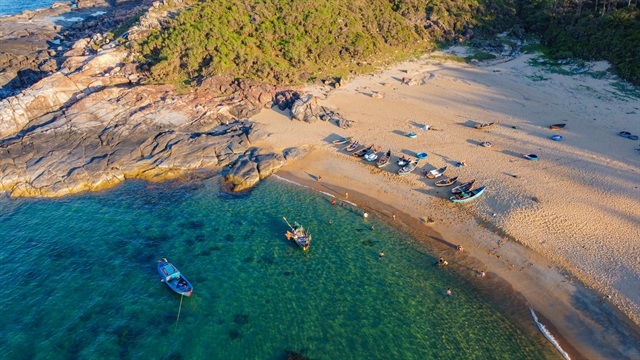 |
| SPECTACULAR: Quảng Ngãi is considered the cradle of the Sa Huỳnh Culture and is home to around 40 relic sites. VNS Photo Như Đồng |
By Như Đồng & Lương Hương
Tranquil Đức Phổ Town in the central province of Quảng Ngãi has been bustling with festive atmosphere these days as the Sa Huỳnh Culture relic site has earned a special national status.
A ceremony was held by the provincial People’s Committee to receive the "Special National Relic Site" certificate from the Government.
The recognition of the Sa Huỳnh relic site not only brings pride to the Quảng Ngã populace, but also opens new opportunities for tourism promotion, turning the province into a hotspot on the national tourist map.
A specialist in Sa Huỳnh Culture, Dr Đoàn Ngọc Khôi, an archaeologist, and deputy director of the Provincial General Museum, said Quảng Ngãi was the cradle of the ancient culture as it was where the first relics from the era were discovered and excavated.
The Sa Huỳnh culture flourished across modern-day central and southern Việt Nam between 1000 BC and AD 200. Archaeological sites from the era have been discovered from the Mekong Delta to the central province of Quảng Bình.
It is one among three civilisations that thrived in the iron age, along with Đông Sơn Culture and the culture of the southeastern region.
French archaeologist M. Vinet discovered the first antiquities of the culture in 1909 and in 1936, it was named Sa Huỳnh, after the locality where it was discovered by French archaeologist M. Colani.
In Quảng Ngãi, the archaeological relics of Sa Huỳnh are distributed mainly in Phổ Thạnh Ward and Phổ Khánh Commune in Đức Phổ Township.
From Sa Huỳnh jar burial site, archaeologists continually found traces of a prehistoric civilisation, including about 500 burial jars containing many accompaniments, across the coastal central, southeastern, and Central Highlands regions.
 |
| ANCIENT ARTEFACTS: The collection of Sa Huỳnh terracotta pots, excavated in Long Thạnh archaeological site in Đức Phổ Town, Quảng Ngãi Province, has been recognised as a national treasure. Photo vanhoavaphattrien.vn |
Vietnamese and foreign scientists have made efforts to study this civilisation and achieved considerable success. They have found and recorded many relic sites while collecting and restoring thousands of precious antiquities, including glass jewellery, double-headed animal earrings, ceramic vases, copper bowls, and jars decorated with beautiful patterns.
One of the most brilliant achievements of Sa Huỳnh Culture, according to Khôi, was the creation of artificial glass, one of the first kinds in the world. It is not only diverse in designs but also in colours such as blue, dark blue, green, red and brown.
The expert said Quảng Ngãi is home to about 40 relic sites across all its terrain, from mountains and coastal plains to islands.
The most prominent archaeological sites of the era in Việt Nam are scattered around An Khê freshwater lagoon and saltwater lagoon to its south, covering a total area of 1,615 hectares.
An Khê Lagoon, which was formed 3,500 years before the settlement of Sa Huỳnh people, is the core and a special protection area of Sa Huỳnh Culture.
“The archaeological relics discovered in Phổ Khánh Commune and Phổ Thạnh Ward fully exhibit the integrity, authenticity, historical and cultural prominence of Sa Huỳnh Culture,” Khôi said.
“This is evidence for a historical period of settling and exploring the coastal plain of residents from Pre-Sa Huỳnh to Sa Huỳnh civilisations in the province, making it a representative of Sa Huỳnh Culture in Việt Nam and the region.”
 |
| EXHIBITION: Visitors see Sa Huỳnh artefacts on show at Quảng Ngãi Provincial Museum. VNS Photo Như Đồng |
For thousands of years, Sa Huỳnh descendants have preserved traditional farming methods, customs and practices imbued with Vietnamese culture. Their awareness of the protection and promotion of heritage values handed down from predecessors has been increasingly enhanced and markedly changed.
Some villages have not only preserved traditional crafts but also turned them into tourism magnets like Phổ Khánh Commune with pottery, and Phổ Thạnh Ward with salt making.
Recently, two community-based tourism cooperatives have been established in Gò Cỏ and Gò Ma Vương villages in Đức Phổ Township, giving them a new vitality. An increasing number of locals have been engaged in community-based tourism that has provided them with extra income.
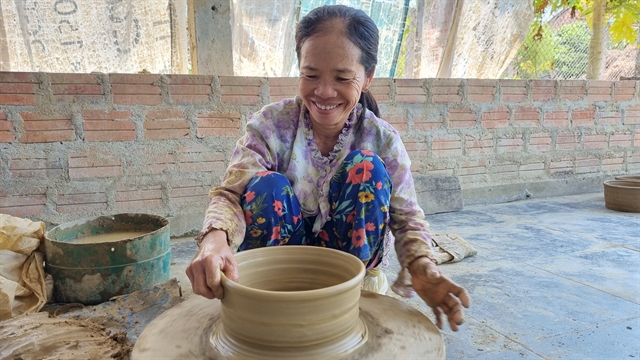 |
| POTTER'S WHEEL: Sa Huỳnh descendants have been practising the crafts of their ancestors for thousands of years, such as pottery in Phổ Khánh Commune. VNS Photo Như Đồng |
In addition to the improved infrastructure and construction of new homestay facilities, a variety of catering services and experiences are being offered, such as knitting fishnets with locals or enjoying folk singing. Tourists could also explore An Khê Lagoon on fishing boats, enabling them to explore Sa Huỳnh Civilisation and be immersed in the life of its people.
“Gò Cỏ Village was almost unknown for many years. Even young people in the village left to live and work elsewhere. But now everything has changed as numerous tourists have arrived. Occasionally our facilities are overloaded, so we have to refuse bookings,” said villager Bùi Thị Vân.
 |
| ON SONG: Residents in Gò Cỏ Village in Quảng Ngãi Province welcome tourists with 'bài chòi' (folk singing). VNS Photo Như Đồng |
Võ Thanh Hùng, vice chairman of Đức Phổ People's Committee, said recognition of the Sa Huỳnh Culture as a Special National Relic site was a great honour to Quảng Ngãi authorities and residents, thus opening new opportunities for local tourism to develop.
“Our immediate task is on the zoning, planting protective boundary markers and planning the entire relic area. At the same time, a conservation project will be built to attract investors," Hùng said.
“Identifying tourism as a key economic sector, Đức Phổ Town will boost the publicity of its images, potentials, and investment opportunities for the period of 2025-2030. Besides the infrastructure investment, the locality will also focus on human resource training to facilitate tourism industry.”
To uphold the special values of Sa Huỳnh Culture, the Quảng Ngãi Department of Culture, Sports and Tourism has been coordinating with sectors and localities to organise many events introducing the province's tourism.
According to Trần Hoàng Tuấn, vice chairman of Quảng Ngãi People's Committee, the province will consult scientists on planning and preservation, thereby attracting investment in tourism and infrastructure.
The province will also continue the excavation, collection and exhibition of artefacts and documents to gradually build a dossier for Sa Huỳnh Culture to be included in the UNESCO list of world cultural heritage.
“Sa Huỳnh was discovered by scientists over 114 years ago, and many artefacts of the culture dating back over 3,000 years have been unearthed and collected. These are precious artefacts, some of which have been recognised as national treasures," Tuấn said.
He added that Quảng Ngãi authorities would continue supporting the development and restoration of craft villages to preserve cultural activities, as well as forming green rural tourist destinations.
“With the linkage of tourism here with other provinces and major cities, Quảng Ngãi is expected to become one of the most attractive destinations in the country,” Tuấn said. VNS

.jpg)

